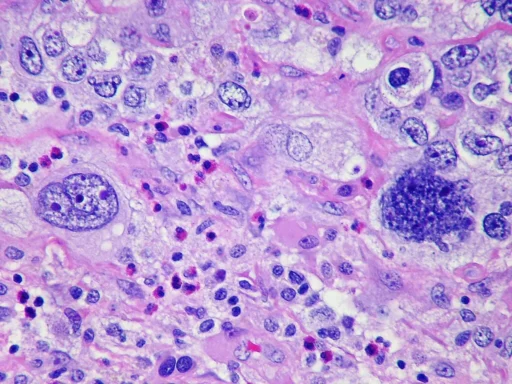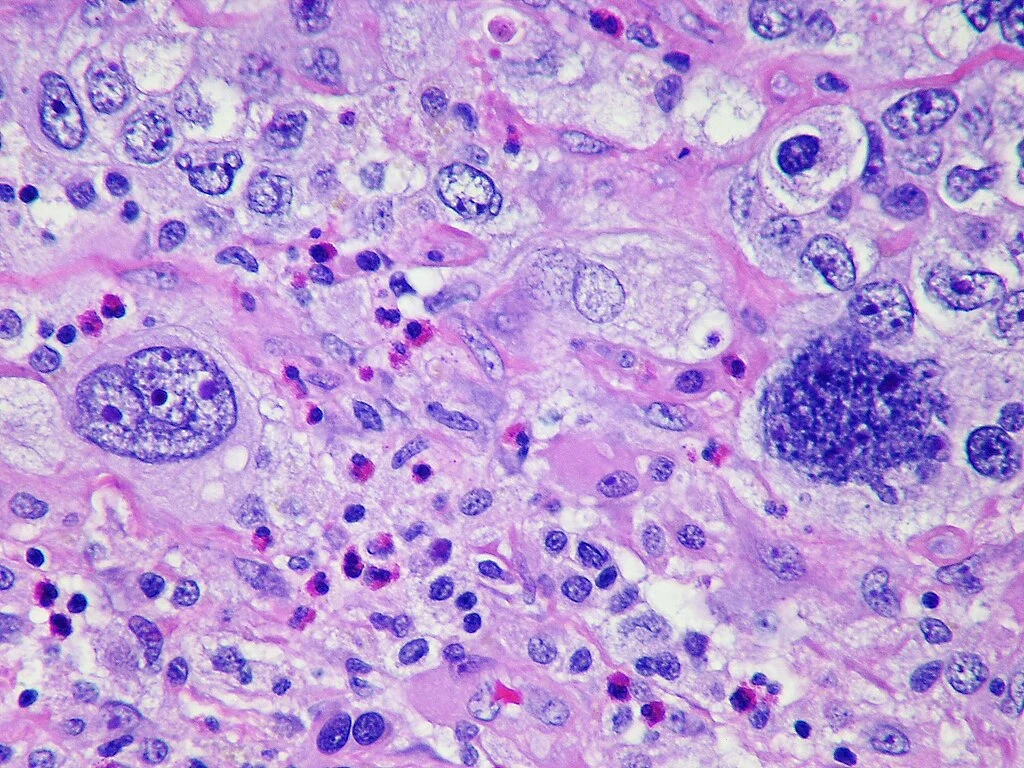Scientists at New York University have created a 3D-printed tumor model, the “3MIC,” to show exactly how cancer cells acquire metastatic properties. Described in a Life Science Alliance article, this innovation recreates the low-oxygen, nutrient-deprived conditions in tumors that stimulate cells to spread for real-time visualization and observation of this critical phase, for the first time in cancer research.
“Studying the precise moment a tumor cell gains metastatic ability could change the landscape of cancer treatment,” Carlos Carmona-Fontaine, the study’s senior author, explained. Most cancer fatalities happen because of metastatic spread rather than primary tumors, and conventional models fail to capture this process due to the metastatic regions being impossible to reach within the tumor. The 3MIC visualization overcomes these barriers.
With the help of live microscopy and nutrient-scarce environments, the model shows that low oxygen levels indirectly promote metastasis by acidifying the tumor environment. It also reveals a surprising drug resistance: standard chemotherapies like Taxol proved ineffective against these “starved” cells, meaning that metastasis involves intrinsic drug resistance rather than poor drug delivery.
This breakthrough is now set to aid in early detection of metastasis and prompt therapies to target these elusive, treatment-resistant cells.






